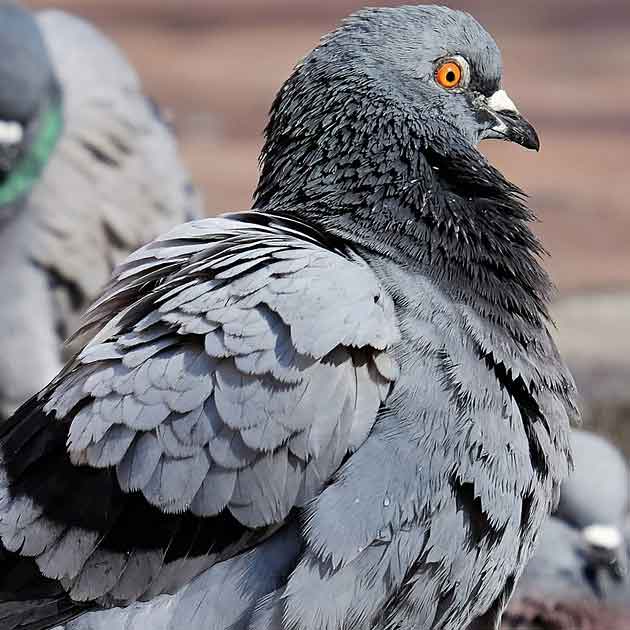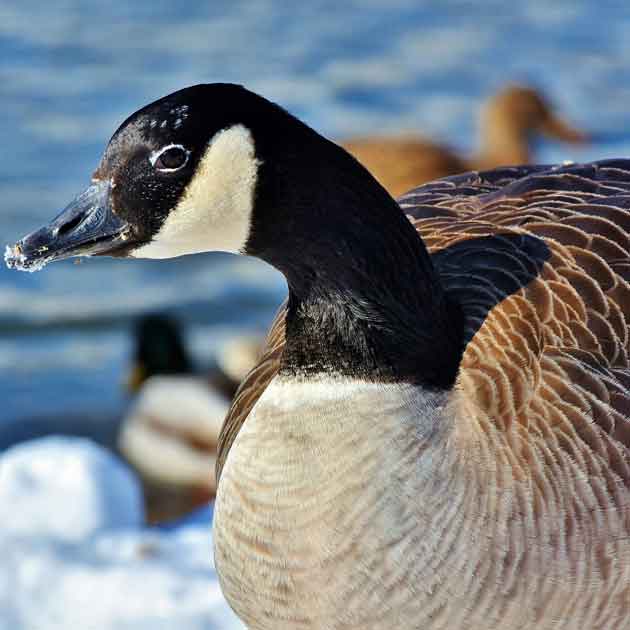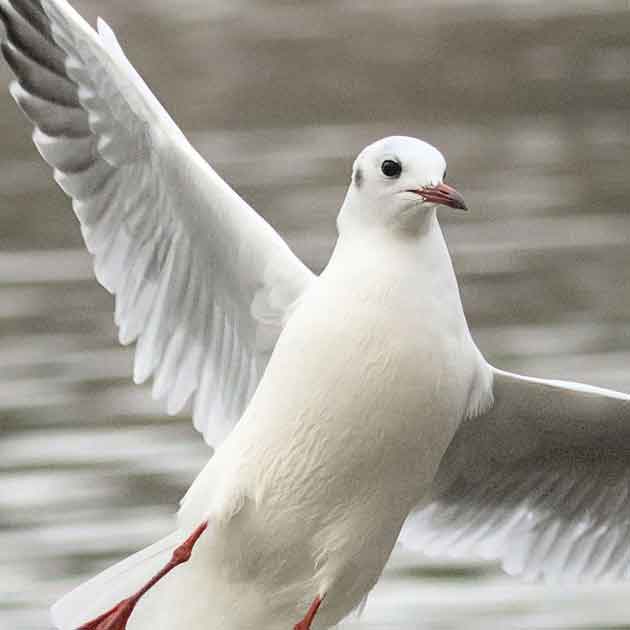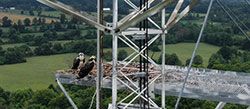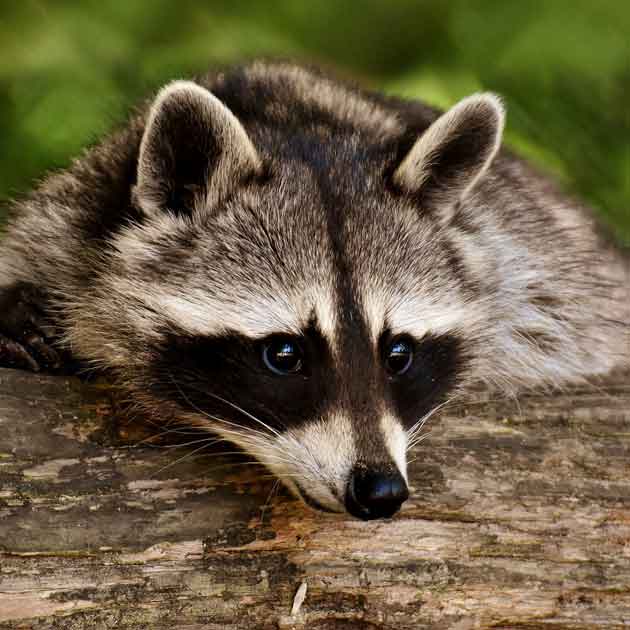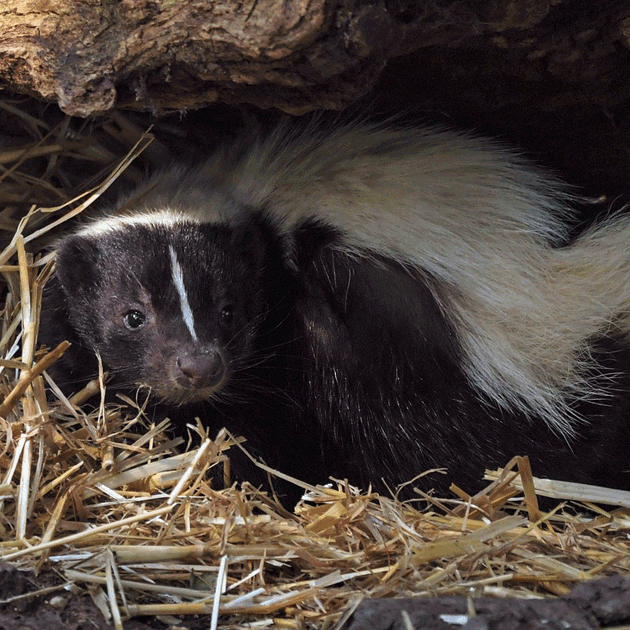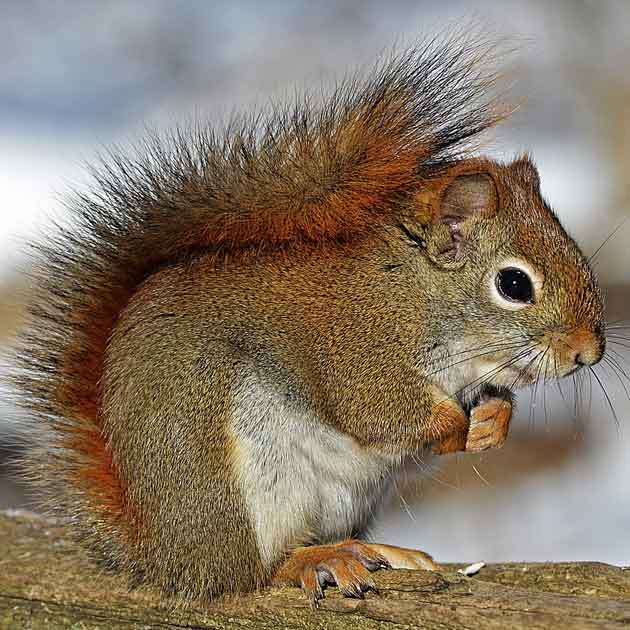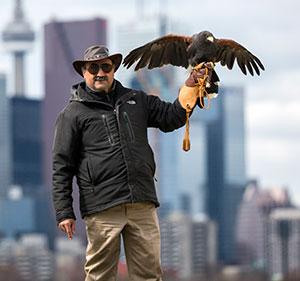Back in 2024 one of Toronto's many trash pandas gained notoriety and a few raised eyebrows when he or she nonchalantly climbed on a TTC train. While TTC officials said that the fare-evading raccoon catching a subway ride caused no delays and was led to safety, this could have ended badly - for the animal as well as other passengers.
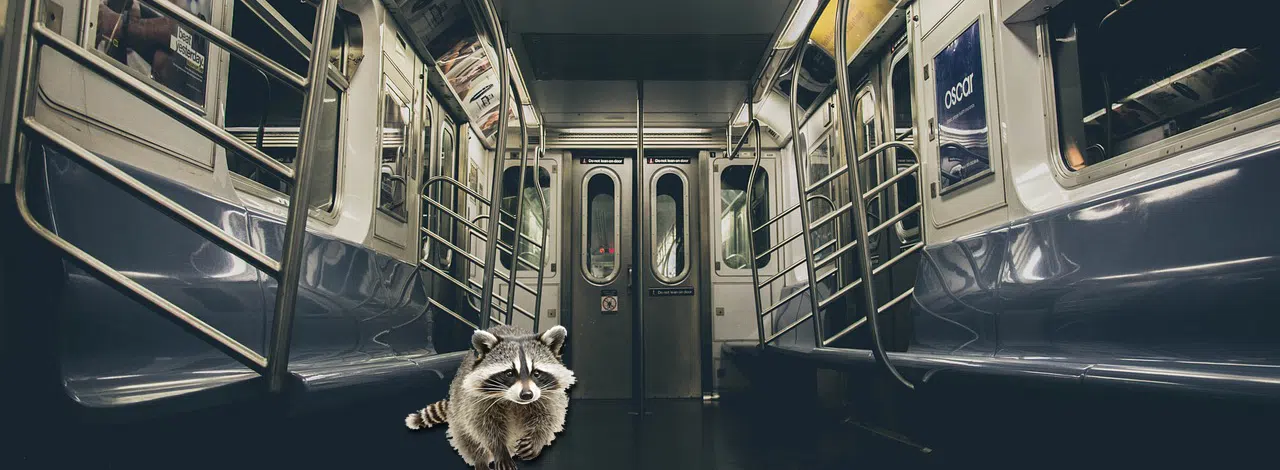
Toronto is known as the raccoon capital of the world for a reason. Estimates put the number of urban raccoons in Toronto at about 200,000. Food availability and few natural predators within city limits are contributing to the ever expanding raccoon population. And since raccoons are highly intelligent, naturally curious and resourceful, people rushing to and fro isn't going to deter them. Subway and transit stations offer shelter from the elements and overflowing trash bins with plenty of food.
Obviously, having wildlife ride the rails is a safety concern on so many levels and requires intervention by a licensed and experienced wildlife control company, such as Hawkeye Bird & Animal Control.
How Do Raccoons Enter Subway and GO Stations?
- Tunnel & Track Access
Raccoons are able to use subway tunnels and drainage systems both to travel and seek cover; - Vents & Utility Shafts
Small openings offer hidden entry points and less human traffic; - Garbage Disposal Areas
Food sources near platforms and stations attract raccoons and other wildlife; - Emergency Exits & Maintenance Areas
These also afford privacy and little disturbance. Additionally, maintenance rooms and GO Transit stations are often heated and that's definitely a bonus during Toronto's winter months.
The Impact of Raccoon Infestations on Transit Operations
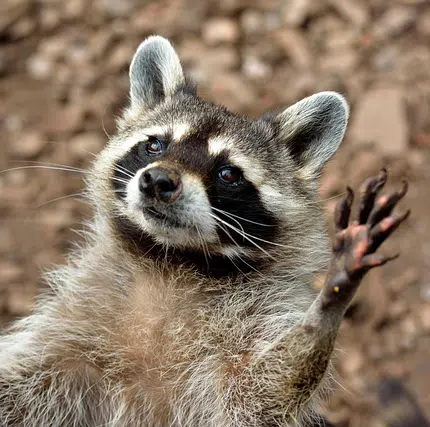 Operational Disruptions
Operational Disruptions
- Equipment Concerns
Potential damage to electrical wiring and equipment could not only interfere with the operation of transit, but also have catastrophic consequences and cost human life. - Blocked Drains and Ventilation Systems
The animals themselves, as well as their droppings or nesting materials may impact drainage and ventilation. - Sensors or other Infrastructure
Raccoons roaming the subway tunnels can easily trip sensors and cause confusion and havoc.
Safety Concerns
- Confrontations with Raccoons
Particularly during spring and early summer, there is the potential for aggressive raccoon encounters with commuters or staff. Young mothers might be raising their young unbeknownst to passers-byes. - Disease Transmission
Of course, rabies is the biggest concern when it comes to raccoons but raccoon roundworm and other airborne parasitic infections are also a possibility. - Accidents involving Humans
Tripping hazards or slip and fall accidents due to droppings or debris are a danger as well.
Hygiene Issues
Unsanitary conditions can rage from foul smells to slippery wet feces on the ground and even mites and fleas if there is direct contact with a raccoon.
Why Relocating Raccoons Doesn’t Work for Transit Stations
In Ontario, if a captured raccoon (or other wildlife) is to be released, it needs to be within a 1km radius of the site it was caught at. This is to prevent excess distress to the animal as well as the spread of disease. While this is problematic even for homeowners, in the context of transit stations it is down right impossible to succeed.
- Homing Instinct
Raccoons have a very strong homing instinct. Their home range is where they know how to navigate, where food and water can be found and where they don't have to compete for territory. - Food Availability
Why forage when there's a buffet laid out daily? One man's trash is another raccoon's next meal. Raccoons are clever and resourceful and take full advantage of what humans willingly or inadvertently offer. Careless trash disposal further adding to the raccoon problem in subway stations. - Connecting Tunnels
Returning to their familiar territory is aided by the interconnectedness of transit stations. Raccoons can easily slip in unobserved and travel away from prying eyes back to where they feel comfortable. - Influx of Raccoons
If or when a raccoon has been removed, its territory is now open to new applicants. With as many raccoons as Toronto has, space is precious and as soon as one territory is vacated, another raccoon or raccoon family will move in.
Why Toronto Transit Authorities Should Choose Permanent Removal
Toronto city officials and transit authorities face a couple of daunting challenges: how to keep transit users and staff safe and how to avoid the never ending cycle of catch and release (often the very same animals) time and time again?
The answer is Permanent Raccoon Removal. Permanent removal means the animal is trapped and caught and then humanely euthanized. This raccoon will not return, will not reproduce, and will not ever cause disruption or safety concerns again.
Here are some of the Benefits of Permanent Raccoon Control and Removal:
- Enhanced safety and comfort for commuters and staff;
- Improved hygiene and reduced disease risks;
- Prevention of operational disruptions and costly damage;
- A long-term solution, unlike the cycle of trapping and relocating;
- Contribution to a more efficient and pleasant transit experience;
- Guaranteed Results.
Hawkeye’s Permanent Raccoon Removal Solution for Subways
Unlike other wildlife control companies in the GTA, Hawkeye Bird & Animal Control is licensed and equipped to offer guaranteed raccoon removal in Toronto. We are the only wildlife agent in the Golden Horseshoe area to do so.
- All of Hawkeye's wildlife technicians are licensed trappers;
- We are authorized to humanely euthanize raccoons and other wildlife.
- Guaranteed Results. The destroyed animal cannot and will not ever return.
- Compliance & Safety: We ensure the ethical and humane treatment of all wildlife and legal removal according to Ontario regulations.
Contact Hawkeye Bird & Animal Control for Permanent Raccoon Removal from Toronto's Transit System
The challenge for Toronto transit authorities lies in keeping the public safe and raccoon removal costs under control. Permanent removal is the one solution that can break the cycle of catch and release, as well as help reduce the explosion of Toronto's raccoon population. Hawkeye's wildlife technicians are licensed trappers and are standing by to help solve the raccoon problems and get rid of raccoons on the TTC and in transit stations.
Contact Hawkeye Bird & Animal Control today for an assessment and long term raccoon management plan to keep Toronto's Transit Systems safe.


